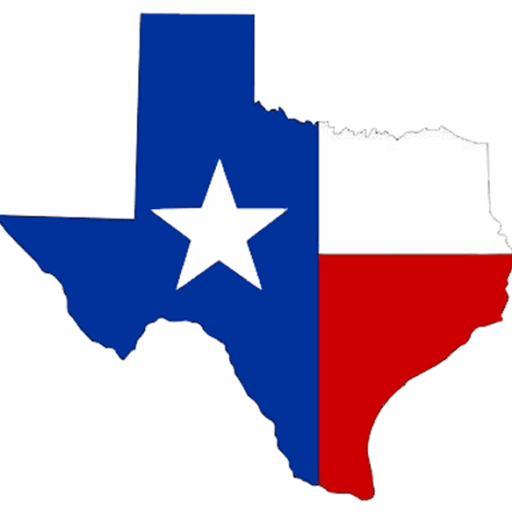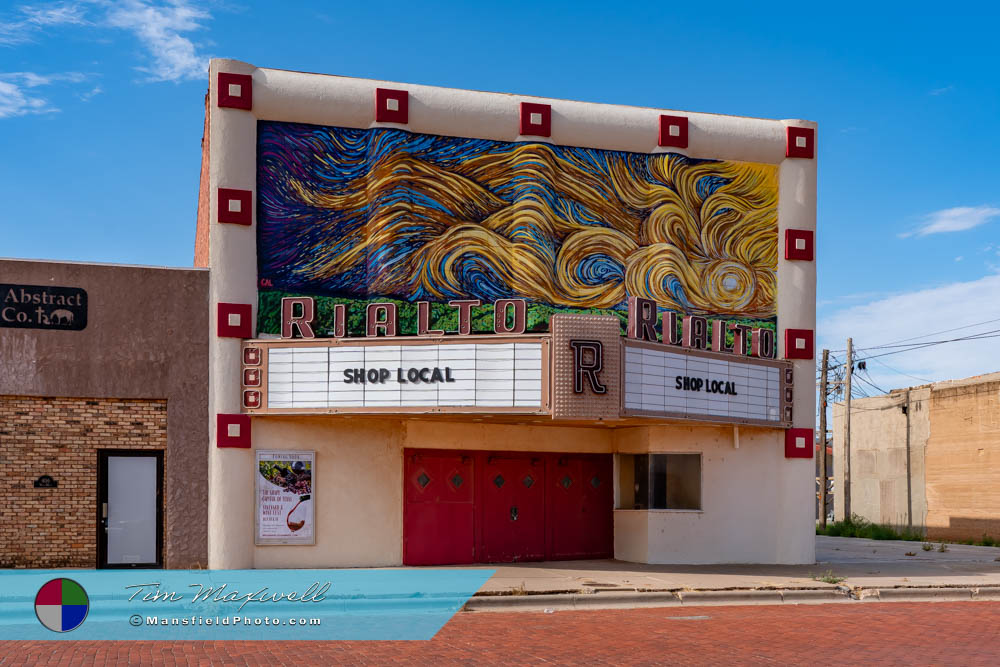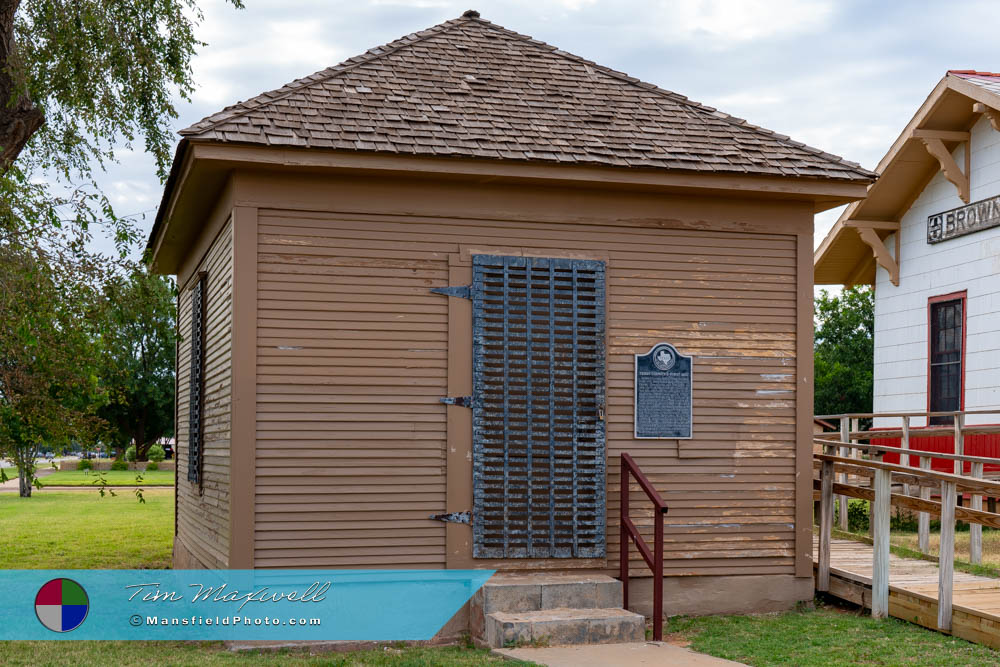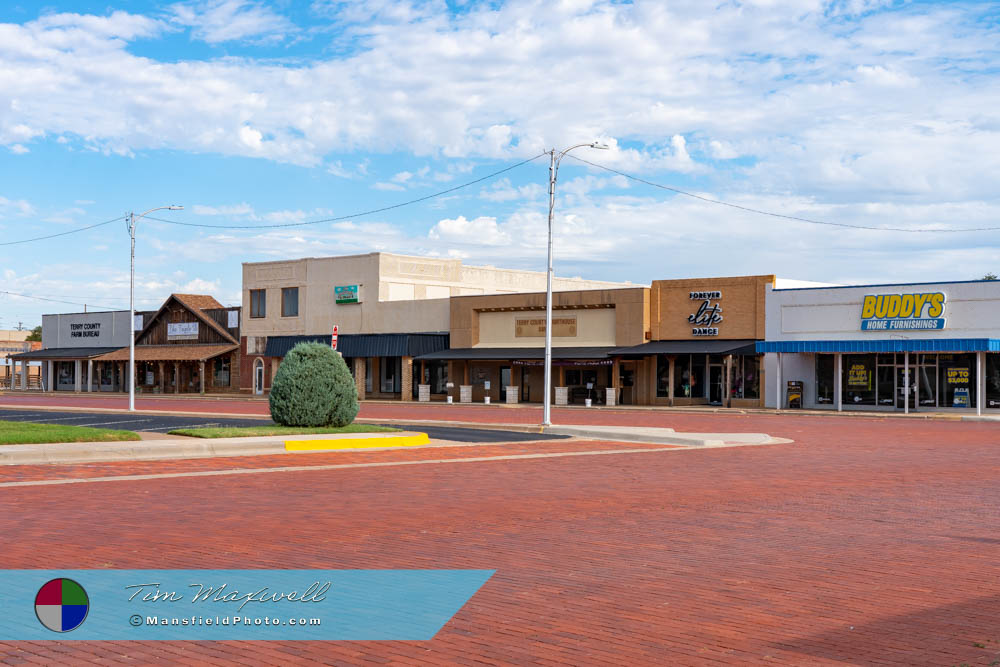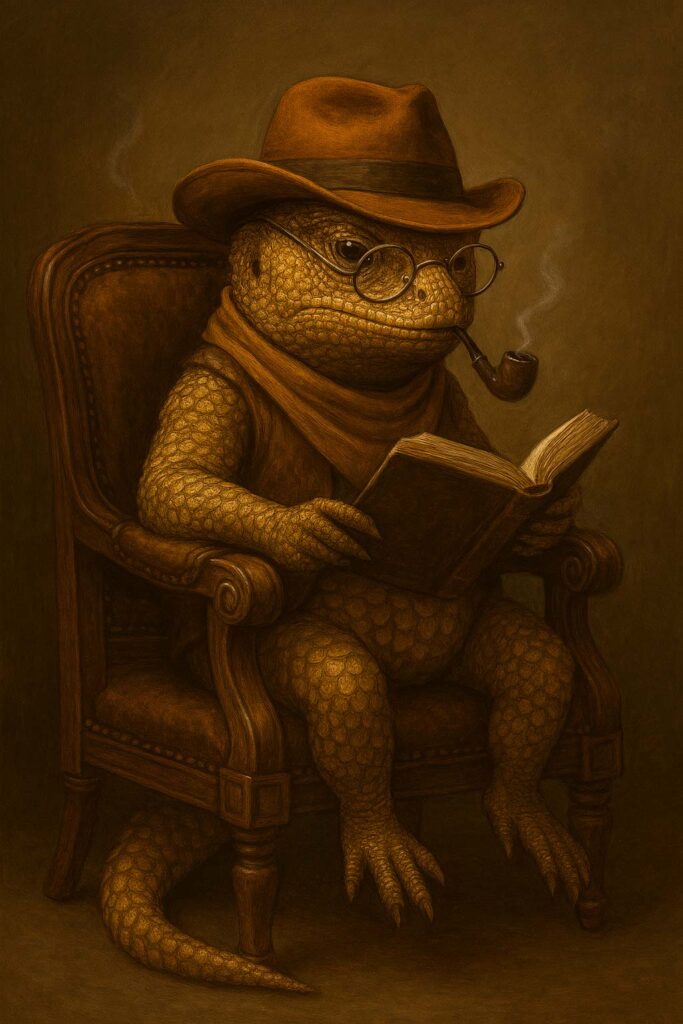Brownfield, Texas traces its origins back to March 1902, when Alfred Marion “Dick” Brownfield, his wife Seleta Jane, and their baby Lois arrived in a covered wagon to what would soon become Terry County. Their arrival marked the beginning of a transformation from open prairie to a thriving county seat. By 1903, developers W.G. Hardin and A.F. Small officially founded the town, naming it for the Brownfield family, prominent ranchers and property owners who helped shape the community’s future.
A Town Measured in Wire and Built on Vision
The town’s original layout was as practical as it was ambitious. With just 100 feet of wire, Hardin and Small mapped out streets named for early settlers. To encourage participation in establishing the county, they offered each voter a town lot. The first structures included a general store, hotel, and school, which quickly gave the community its first sense of permanence. The land, often dismissed by mapmakers as part of “The Great American Desert,” would soon prove its worth.
Early settlers lived in humble shelters—covered wagons, dugouts, and modest frame houses—until they could improve their conditions. Life on the plains required hard work and resourcefulness. Dried cow chips were collected for fuel, and water wells were dug by hand. Women served as both nurses and midwives, while children shouldered heavy responsibilities, sometimes guarding livestock from rustlers and wolves through the night.
The Agricultural Backbone
Farming and ranching formed the backbone of the area’s economy. Corn, sorghum, and eventually cotton became mainstays, with cotton gins springing up to support the booming crop. Families grew or raised nearly everything they needed—cornmeal, beans, fruit, vegetables, milk, butter, poultry, and meat. Neighbors often came together for harvests and butchering, reinforcing a strong sense of community.
In the 1930s, the Dust Bowl tested both the land and the people. Rolling clouds of dust stripped fields bare, threatening livelihoods. But residents adapted, turning to conservation farming and deep plowing to mix clay with sandy topsoil. The spread of irrigation, drawing from the Ogallala Aquifer, brought renewed hope and transformed once-parched fields into productive farmland.
The Brownfield Legacy and the Terry County Heritage Museum
Alfred Marion Brownfield was more than a rancher. He was the first cashier at the Brownfield State Bank, an automobile dealer, and an active advocate for the development of Terry County. Selling part of his ranch to businessmen for the creation of the town, he set in motion the growth of a community that would carry his name.
In 1928, he and his family built a stately home that still stands today. Upon his death in 1967, the property was left to the city and now serves as the Terry County Heritage Museum. The museum is well worth a visit, housing the original Terry County jail—a single-room building with two steel cells—along with a preserved train depot and exhibits chronicling pioneer life. The museum’s location makes it easy for visitors to explore these tangible links to the past.
The Courthouse and Civic Pride
One of the town’s most notable structures is the Terry County Courthouse, a beautiful building that reflects both civic pride and architectural grace. Serving as the hub for county affairs, it stands as a reminder of the community’s resilience and progress over the decades.
Brownfield Today
Modern-day Brownfield is still tied closely to its agricultural roots, with cotton remaining a major crop thanks to advanced irrigation techniques. The town’s location on the South Plains offers sweeping views of farmland, with green fields stretching under the expansive Texas sky during the growing season.
While agriculture drives the local economy, the community also embraces its history. Annual events, school programs, and local organizations keep the stories of early settlers alive. Visitors can experience a blend of small-town hospitality, historical attractions, and the striking beauty of the surrounding plains.
Enduring Spirit on the Plains
From a covered wagon’s arrival to the hum of modern farm equipment, this town’s journey reflects determination, adaptation, and a deep connection to the land. Whether walking the halls of the Terry County Heritage Museum, standing on the courthouse square, or driving past endless cotton fields, one can feel the enduring spirit of the pioneers who turned a so-called desert into a place of promise.
📸 Interested in More Photos of This Town?
